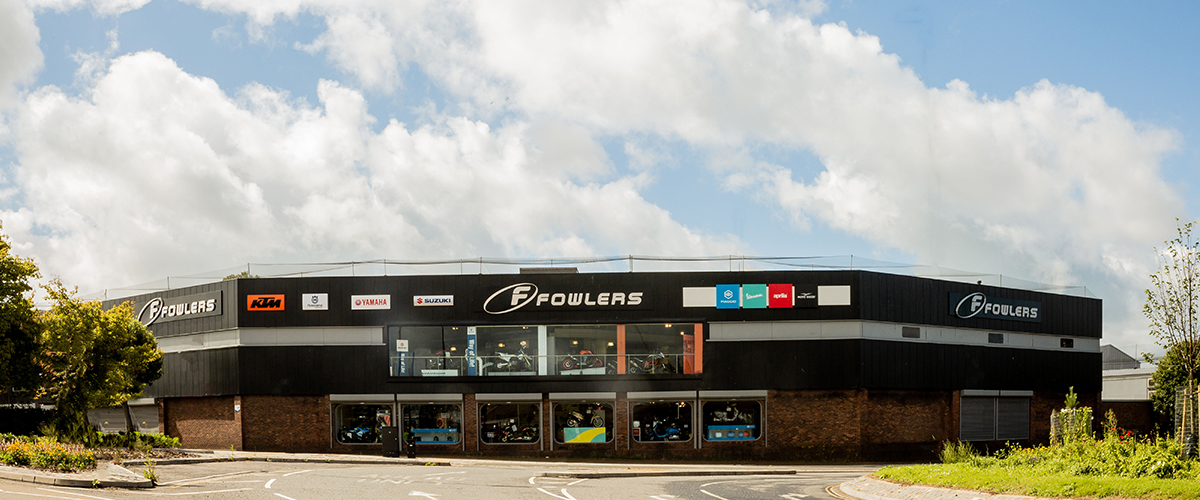If you’ve bought motorcycle clothing recently, chances are it’ll have a CE label on it somewhere. What do the numbers, symbols and letters stand for and what does that mean out on the road?
There’s been a CE standard for motorcycle clothing since 2002, but until recently it wasn’t compulsory to have riding jackets, trousers or suits tested and certified.
Though you might think manufacturers would make their kit to the standard anyway, that adds time and cost, limits the choice of materials, and restricts design – so few companies chose to CE-mark their kit.
That changed with the introduction of an updated CE standard – EN 17092 [“Protective clothing for motorcycle riders”]. Now all new motorcycle clothing must be tested and rated for the level of protection provided; the only exception is rain wear – garments with the sole purpose of keeping you dry while riding.
The legislation also says that all jackets, trousers and suits must have their ratings clearly labelled, so you can see the level of protection offered is right for your type of riding.

LEVEL-UP
What, exactly, should you be looking for? There are three key pieces of information:
- The CE mark – on its own, that means nothing;
- The classification: EN 17092 – this may be followed by other numbers, which can be ignored for now;
- The motorcycle rider icon, with a letter/letters beneath it – this tells you which level of testing was passed.
There are five levels in total, but the three most common are the ‘A levels’. CE approved impact protectors must cover vulnerable areas (e.g. shoulder, elbow and hip) in order to pass any of the three A levels.
AAA is the highest grade, intended for the highest level of risk and tested at the highest levels specified by EN 17092.
AA is the next level and covers the wide range of risks that riders are likely to encounter, with an abrasion test at a lower level than AAA.
A grade garments are only required to resist abrasion reflecting the risk at ‘urban speeds’, so they can be less bulky and more comfortable.
The material itself, and the seams, are also tested against tearing and bursting, with AAA being the most stringent.
Another way to interpret the grades is according to use; AAA for sport, AA for leisure and A for urban wear – eg: you would expect a one-piece race suit to be labelled AAA, an armoured hoodie might only need to be rated A, with textile riding jackets certified in the middle at AA.
The other two grades – B and C – are a bit more specialist: B is similar to A, but without impact protectors – maybe a pair of abrasion-resistant denim jeans; C is for garments designed to hold impact protectors in place – like the armoured shirts favoured by off-roaders.
PULL THE OTHER ONE
Can’t find those markings on your chosen kit? There will still be products in the shops that were made prior to the new standard.
Many are labelled along the following lines; “Fitted with CE Protectors EN-1621” That tells you the armour is approved to the relevant CE standard, but does not mean the garment has been tested.
There will also be some that were certified to the original standard: EN 13595. This will be marked on a label in the clothing and you can buy those with confidence, because that was a very stringent procedure.

